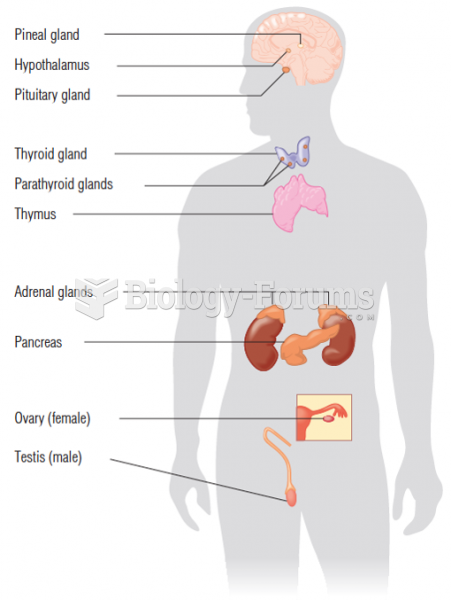Answer to Question 1
Suspended particulate matter (PM): Sources are soot, smoke, metals, and carbon from combustion; dust, salts, metal, and dirt from wind erosion; and atmospheric reactions of gases. Volatile organic compounds (VOC): Sources are incomplete combustion of fossil fuels; evaporation of solvents and gasoline; and emissions from plants. Carbon monoxide (CO): Sources are incomplete combustion of fuels. Nitrogen oxides (NOx): Source is from nitrogen gas due to high combustion temperatures when burning fuels. Sulfur oxides (SOx): Source is primarily from the combustion of sulfur-containing fuels. Lead: Sources are combustion of leaded fuels and solid wastes. Air toxics: Sources are industry and transportation. Radon: Sources are rocks and soil; natural breakdown of radium and uranium.
Answer to Question 2
The United States has the dubious distinction of leading the world in the consumption of many resources. We are a large country and we are affluent. We consume the largest share of 11 of 20 major commodities: aluminum, coffee, copper, corn, lead, oil, oilseeds, natural gas, rubber, tin, and zinc. We lead in per capita consumption of many other items, such as meat. The average American eats more than three times the global average of meat. We lead the world in paper consumption, too, at 725 pounds per person per year. All of these factors (and many more like them) contribute to the unusually high environmental impact each of us makes on the world. We lead the world in production of many pollutants. For example, by using such large quantities of fossil fuel (coal, oil, and natural gas) to drive our cars, heat and cool our homes, and generate electricity, the United States is responsible for a large share of the carbon dioxide produced. As mentioned, with about 5 of the world's population, the United States generates 24 of the emissions of carbon dioxide that may be changing global climate. Similarly, emissions of chlorofluorocarbons (CFCs) that have degraded the ozone layer, emissions of chemicals that cause acid rain, emissions of hazardous chemicals, and the production of nuclear wastes are all largely the by-products of affluent societies. Consumption, often driven by advertising, places enormous demands on the environment and the developing world. The world's wealthiest 20 is responsible for 86 of all private consumption and 80 of world trade. As a consequence, 11 of 15 major world fisheries are either fully exploited or overexploited, and old-growth forests in southern South America are being clear-cut and turned into chips to make fax paper.
Despite the adverse effects of affluence, increasing the average wealth of a population can affect the environment positively. An affluent country such as ours provides such amenities as safe drinking water, sanitary sewage systems and sewage treatment, and the collection and disposal of refuse. Thus, many forms of pollution are held in check, and the environment improves with increasing affluence. In addition, if we can afford gas and electricity, we are not destroying our parks and woodlands for firewood. In short, we can afford conservation and management, better agricultural practices, and pollution control, thereby improving our environment.







